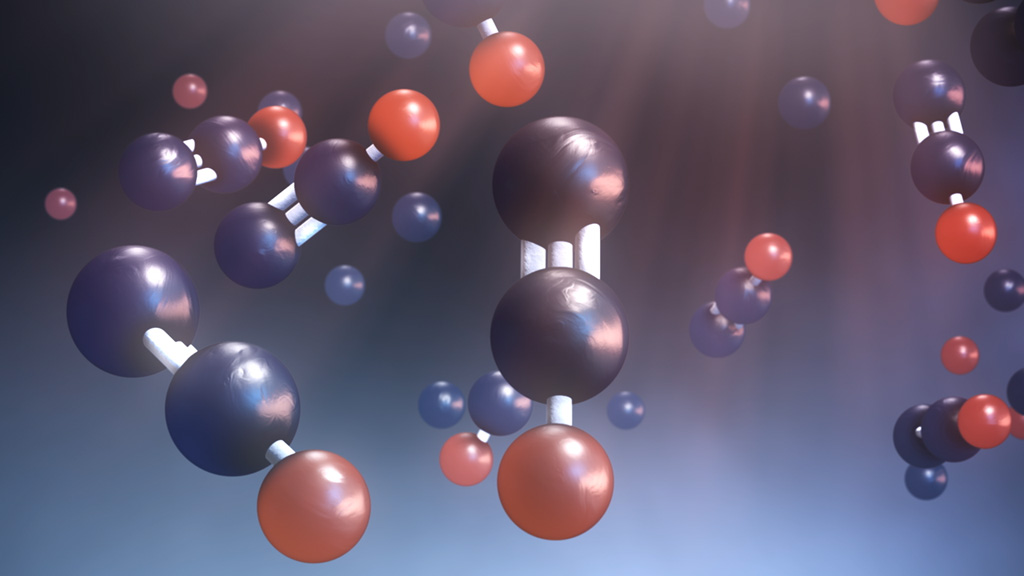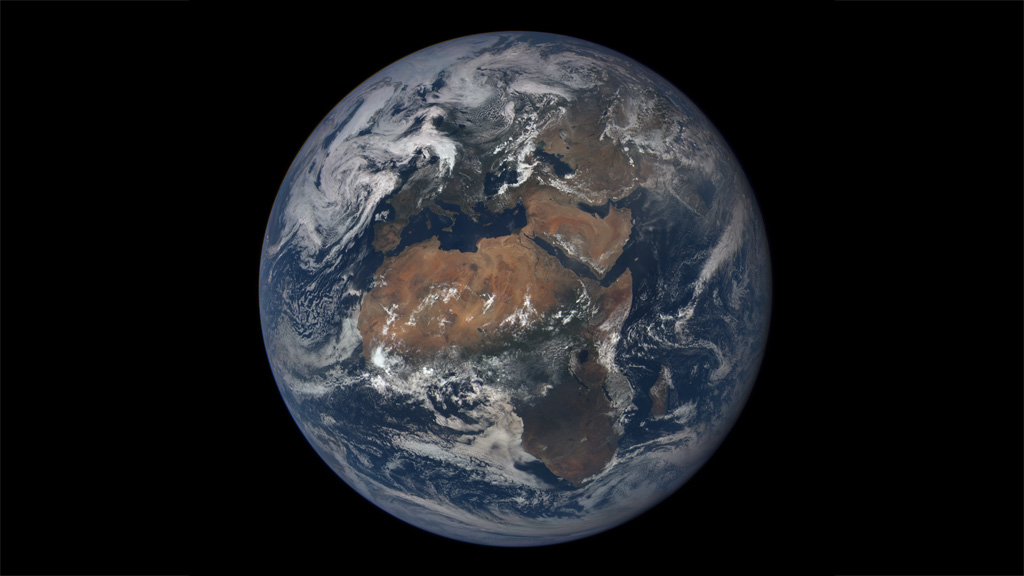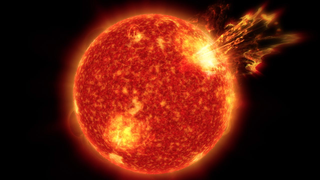Sun
ID: 12267

Earth was far different 4 billion years ago. Back then it received only about three-quarters the amount of energy from the sun than it does today. It also lacked gases in its atmosphere that trap heat. These conditions should have made the planet a cold, icy place. But geological evidence shows Earth was warm and that it had liquid water. So what was causing the warmer environment? A team of scientists from NASA may have found the answer. New research suggests powerful solar storms could have provided the energy needed to heat the planet. In the early days of the solar system, the sun’s surface roiled with giant eruptions, spewing enormous amounts of solar material and radiation out into space. Energetic solar particles that slammed into Earth would have altered the chemistry of the atmosphere, resulting in the formation of nitrous oxide, a greenhouse gas some 300 times more powerful than carbon dioxide. The warming of the planet may not have been the only outcome. Scientists say the eruptions also could have provided the energy needed to make complex chemicals such as RNA and DNA that eventually seeded life on Earth. Explore the images to learn more.




How Earth Lost Its Cool





Source Material
For More Information
Story Credits
Lead Visualizer/Animator:
Walt Feimer (HTSI)
Visualizers/Animators:
Krystofer Kim (USRA)
Brian Monroe (USRA)
Lead Producer:
Genna Duberstein (USRA)
Lead Scientist:
Vladimir Airapetian (Sigma Space Corp.)
Lead Writer:
Karen Fox (ADNET Systems, Inc.)
Walt Feimer (HTSI)
Visualizers/Animators:
Krystofer Kim (USRA)
Brian Monroe (USRA)
Lead Producer:
Genna Duberstein (USRA)
Lead Scientist:
Vladimir Airapetian (Sigma Space Corp.)
Lead Writer:
Karen Fox (ADNET Systems, Inc.)
Please give credit for this item to:
NASA's Goddard Space Flight Center
Earth photo courtesy of NASA/EPIC
NASA's Goddard Space Flight Center
Earth photo courtesy of NASA/EPIC
Short URL to share this page:
https://svs.gsfc.nasa.gov/12267
Keywords:
SVS >> App
NASA Science >> Sun
https://svs.gsfc.nasa.gov/12267
Keywords:
SVS >> App
NASA Science >> Sun








